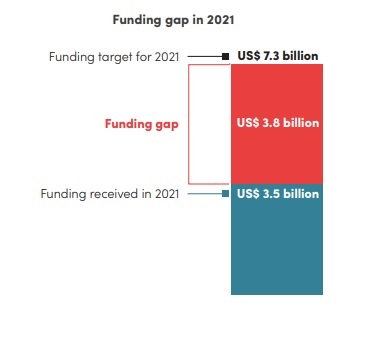
Funding for the global malaria response has plateaued since 2010, reaching US $3.5 billion in 2021 (less than half of the 2021 funding target). Malaria financing currently derives from three major sources: domestic financing, bilateral, and multilateral organisations. Most malaria financing is currently used for commodity procurement and out-of-pocket expenditure at personal and household levels.
A closer look at the financing landscape reveals that nearly two-thirds of malaria expenditure comes from a handful of donors, and that the domestic financing component predominantly covers recurrent costs in human resources for health. Consequently, malaria financing remains extremely vulnerable to changes in the political priorities of donor countries. Even more worrisome, most of the essential malaria commodities for testing and treatment are financed by donor resources.

Without sustained malaria investment, achievements made over the past decades are at risk of reversal. It is therefore critical to work with endemic countries to expand their domestic financing base, and strive to advocate globally to sustain and increase the funding from major donor countries. In addition to these interventions, we need to attract new and emerging donors.
